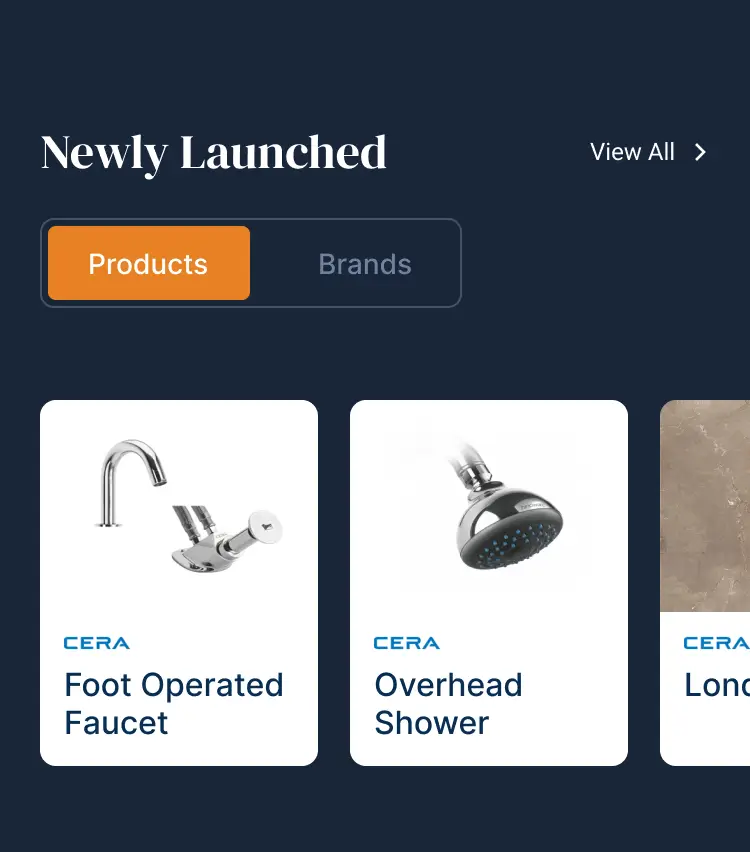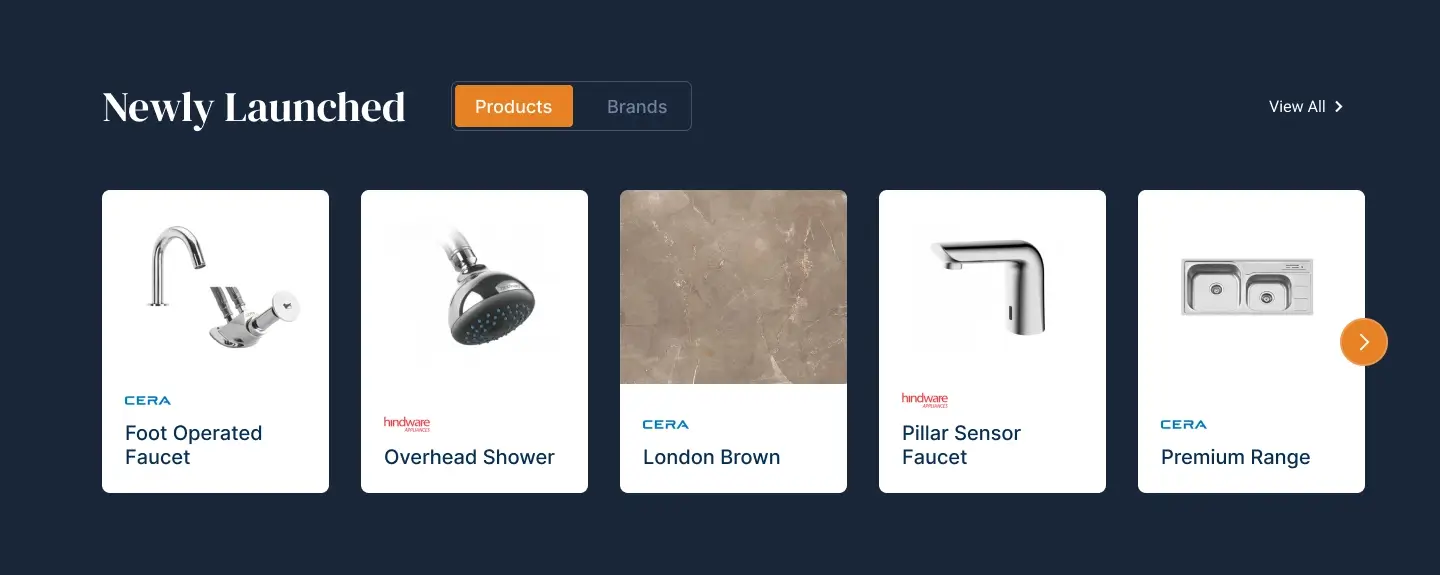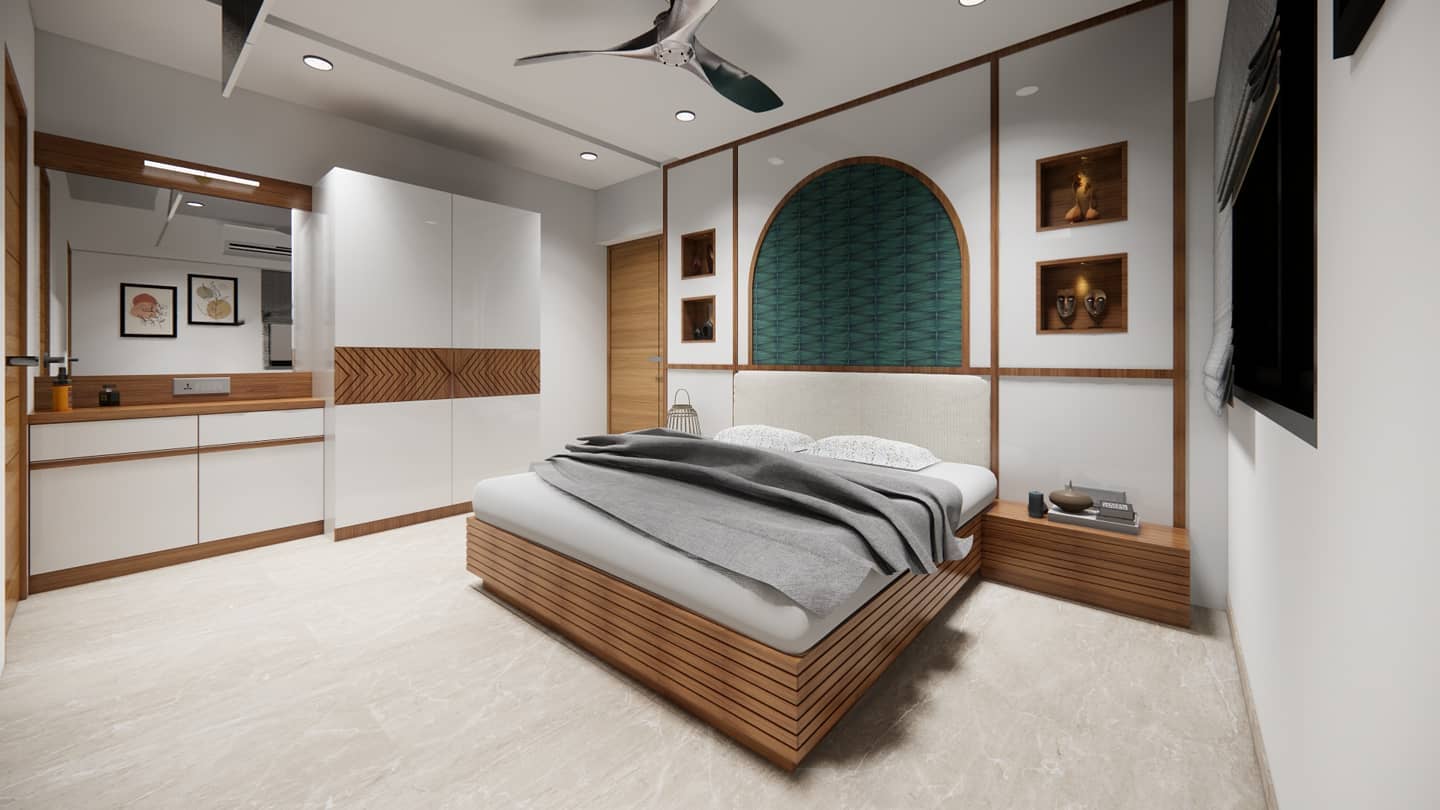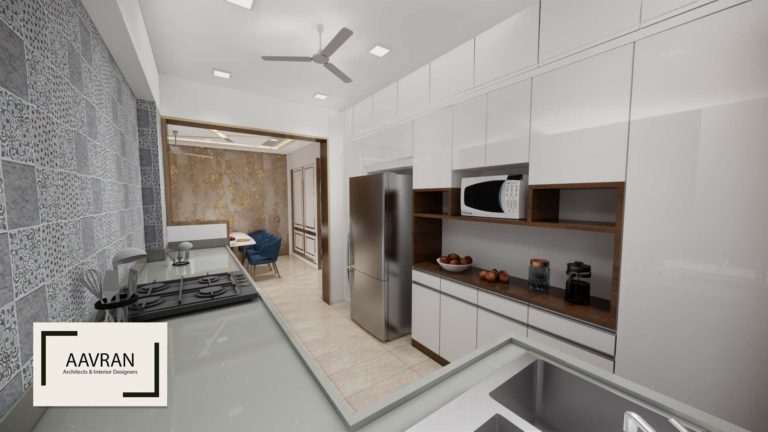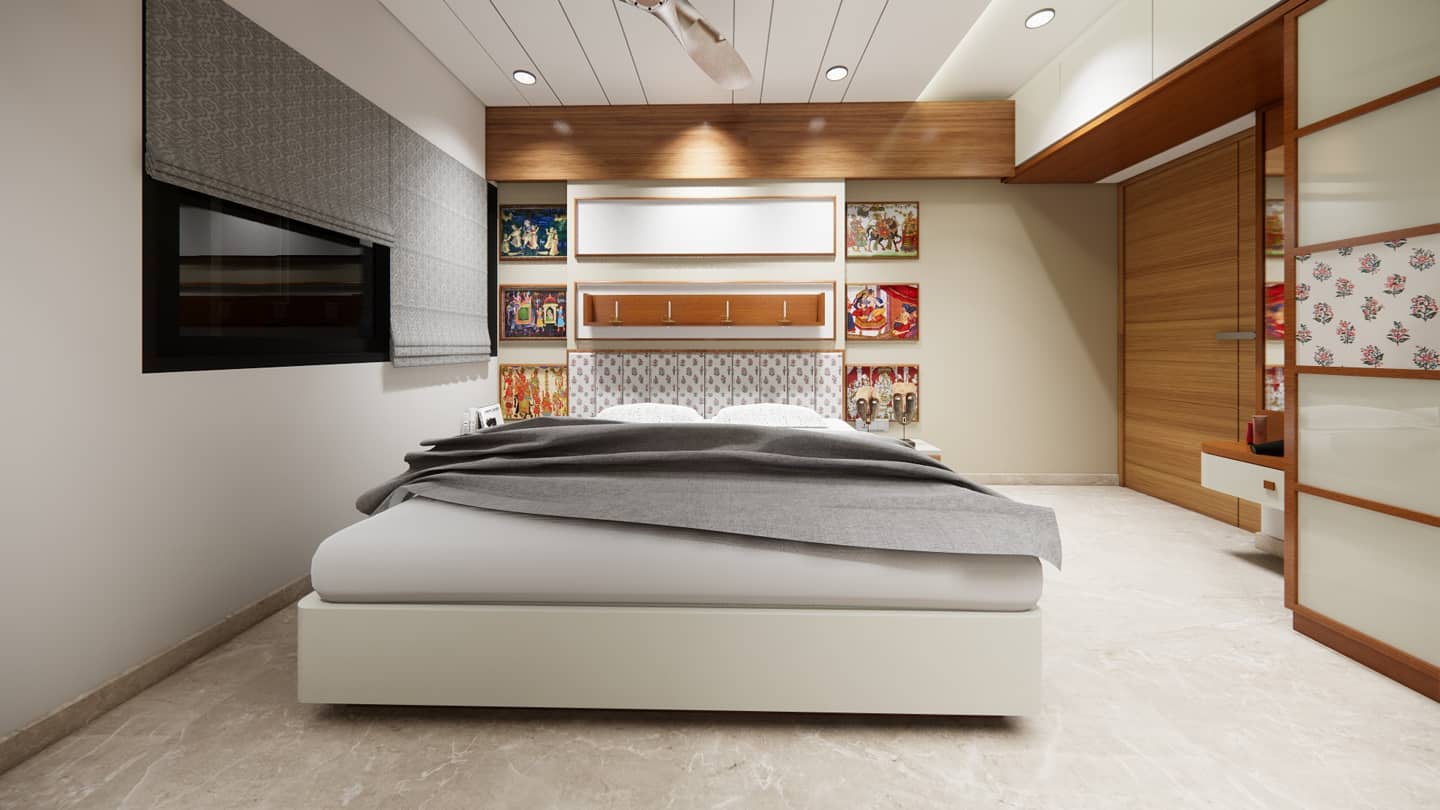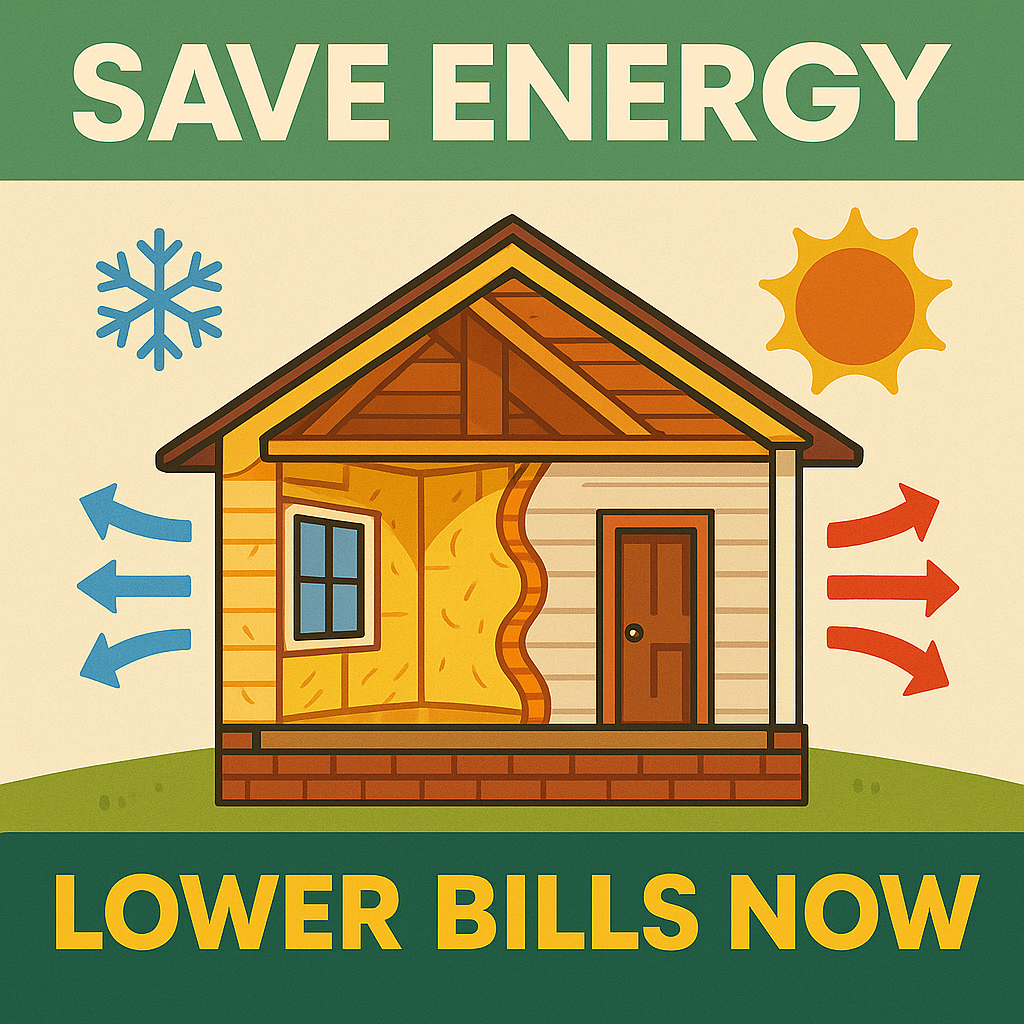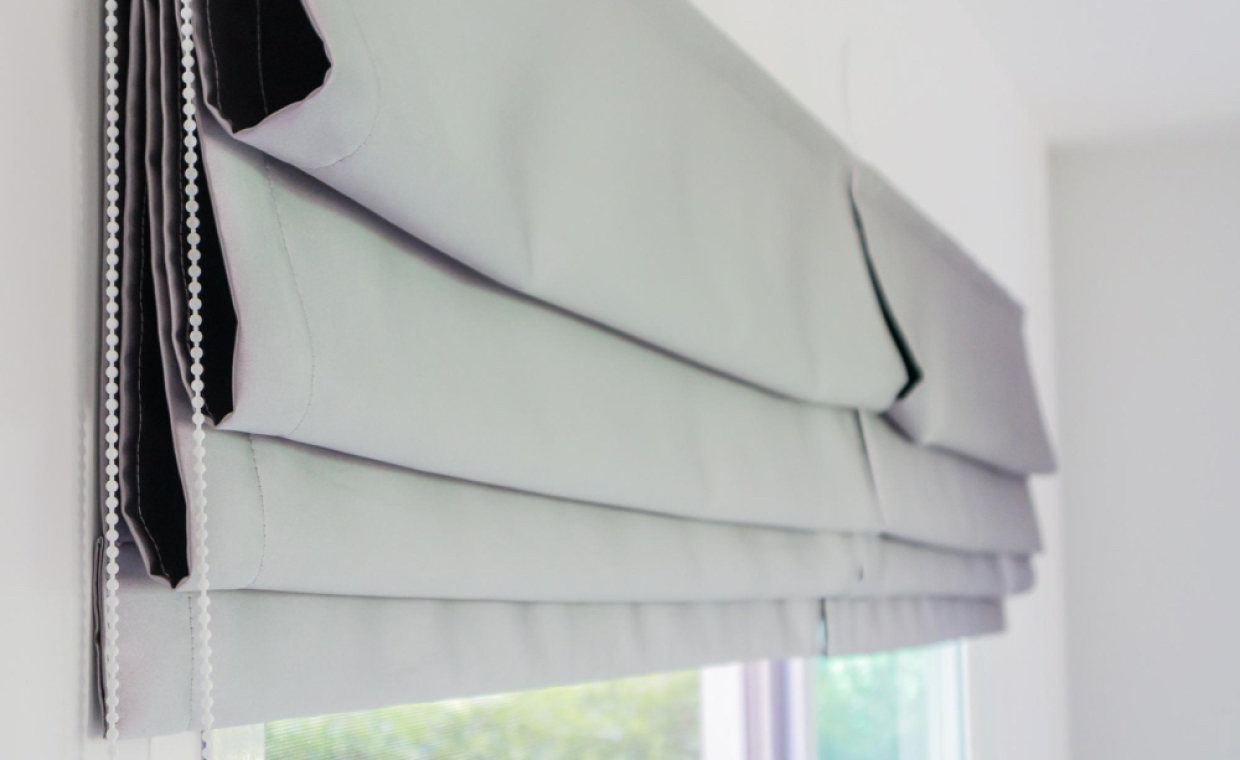
Table of Contents
The roof is one of the most important components of your home, as it protects you from extreme weather conditions, particularly during the rainy season. Therefore, you need to make wise decisions when choosing roofing materials for rainy season to ensure long-term protection and durability. Let’s dive into how to choose the right roofing materials for the rainy season and what key factors influence this decision.
Factors to Consider While Choosing Roofing Materials for the Monsoon Season
When it comes to monsoon roofing, not all roofing materials perform the same in wet weather. Below are some important factors you must consider when selecting the best roofing materials for a rainy climate:
1. Consistency of Rainfall
Areas that experience frequent rainfall require roofs that can withstand continuous exposure to moisture. Over time, materials not designed for high moisture levels may start leaking or cracking. So, it’s essential to install waterproof roofing materials that provide reliable protection during persistent rain.
2. Amount of Rainfall
It is known to all that heavier downpours add more weight to the roof, making a strong roofing structure an absolute necessity. If the roof isn’t sturdy enough to bear significant amounts of water, it may start to sag or, in extreme cases, collapse. Hence, regions that receive heavy downpours need durable roofing for wet weather.
3. Temperature Fluctuations
Temperature fluctuations can cause roofing materials to expand and contract, leading to cracks or other damage over time. If you want to know more about how to prevent such temperature fluctuations, please read Preparing Your Roof for Harsh Weather Conditions.
Best Roofing Materials for Rainy Season
Here are some of the best roofing materials to consider for regions with a rainy climate:
1. Metal Roofs

Metal roofing, especially aluminium and galvanised steel, is one of the most popular roof types for heavy rain prone areas, due to its durability and modern look. It is ideal for residential and commercial properties, particularly in coastal regions and locations that experience frequent downpours. Metal roofs are available in the form of sheets, panels and tiles, and they can be painted in various colours to suit different aesthetics.
Metal roofs can last up to 50 years with minimal maintenance due to their interlocking panels. They provide excellent roof waterproofing and prevent leaks during heavy rainfall. Additionally, metal is a non-combustible material, providing extra safety during storms with lightning.
Pros: Lightweight, fire-resistant, fast installation, sheds rainwater easily
Cons: Can be noisy during heavy rains unless insulated
Also Read: How to Install a Metal Roof
2. Clay Tiles/ Terracotta Tiles

Clay tiles have been used as monsoon roofing materials for centuries. They give modern aesthetics and natural insulation to your home. Clay tiles suit moderate to heavy rainfall areas, mainly in states like Tamil Nadu, Kerala, and Karnataka in India.
Clay tiles can be used for many years due to their long-term durability and low maintenance. They are environment-friendly materials, having good thermal insulation. They are naturally water-resistant and suitable for sloped roofs in high rainfall regions.
Pros: Aesthetically pleasing, long-lasting, good insulation
Cons: Heavy, may require reinforced support, expensive
3. Asphalt Shingles

Asphalt shingles are commonly used roofing materials, known for offering high-quality, water-resistant protection. They are especially popular in rainy climates due to their affordability and availability in a wide range of colours and designs. Asphalt roofs can last up to 15 to 25 years, usually a shorter lifespan compared to other roofing materials. However, if properly installed and maintained, they can effectively protect your home from thunderstorms.
Pros: Easy to replace, available in a variety of styles
Cons: Shorter lifespan than tiles or metal; requires frequent maintenance, prone to cracking, buckling, and peeling, may get damaged due to heavy wind flow, mould, and mildew growth.
4. Slate Tile Roofs

Slate tile roofs are among the best roofing materials for the rainy season due to their longevity and aesthetic appeal. These tiles resist water, wind, and extreme weather conditions, making them one of the best roof materials for rainy climates. As a natural stone, slate offers outstanding durability and excellent waterproof properties.
Pros: Can last up to 100 years, eco-friendly, elegant appearance.
Cons: Expensive, heavy, requires skilled installation
5. Concrete Tiles

Concrete tiles are a versatile roofing material that can withstand heavy wind and rain.
It can withstand high wind speeds if properly installed. It is available in a variety of colours and styles. Concrete tile is more affordable than clay tiles, making it a cost-effective alternative for monsoon-prone areas.
However, concrete tiles are heavy and require strong structural support. While they can last up to 50 years or more, they can crack if struck by large debris. Concrete tiles require regular maintenance to prevent damage and prolong their lifespan, making them a great monsoon roofing material.
Pros: Fireproof, long lifespan, affordable compared to clay
Cons: Heavy, prone to cracking under heavy impact
6. Composite Roof Tiles

Composite roof tiles are relatively new roofing materials for rainy climates. They are an eco-friendly synthetic roofing material made from recycled plastics and other materials, which reduces the amount of waste sent to landfills. These tiles are highly durable and do not crack easily due to pressure or exposure to the elements.
Pros: Less expensive than many other roofing materials, lasts up to 50 years or more with proper maintenance.
Cons: May fade or degrade slightly with prolonged UV exposure, have lower fire-resistance compared to clay or metal, and do not decompose naturally.
7. PVC or TPO Membrane Roofing (Flat Roof)

Courtesy - Colonyroofers
PVC and TPO membrane roofing systems are modern, single-ply roofing materials designed primarily for flat or low-slope roofs. These are synthetic membranes well-known for offering protection against water infiltration, making them one of the best choices for areas prone to heavy rainfall.
PVC roofing membranes are made from durable plastic polymers reinforced with fibreglass or polyester for added strength, while TPO is a blend of rubber and plastic polymers, designed as a more affordable and eco-conscious alternative for PVC.
Pros: Reflective, energy-efficient, durable
Cons: Expensive compared to traditional materials
8. Green Roofing (Vegetative Layer or Waterproof Membrane)

Green roofing, also known as a living roof, is an eco-friendly roofing solution where a layer of vegetation is grown over a waterproofing membrane. These are visually appealing roofs that offer several functional and environmental benefits. It is ideal for buildings, eco-conscious homeowners, commercial properties and institutions aiming for sustainable architecture. There are two types of green roofs: Extensive green roofs and intensive green roofs.
Pros: Reduces runoff, energy-efficient, improves air quality
Cons: Requires strong structure, ongoing maintenance and skilled installation.
If you also want to make your home eco-friendly, have a look at our article Top Eco-Friendly Building Materials to Use.
Here’s a short to sum up all the points mentioned above:
Final Thoughts
Since the roof is a critical part of your home, it is essential to choose the right roofing materials for the monsoon, ones that can withstand heavy rain and moisture. Metal offers exceptional durability, while slate provides both longevity and elegance.
To select the best roofing material for the rainy season, evaluate the structural needs of your home. You should also consult a professional roofing contractor who is familiar with the local climatic conditions.
Also Read:
Choosing the Right Roof Sheets: Types, Advantages, and Limitations
How To Address These 10 Common Roofing Problems
FAQs on Roofing Materials for Rainy Season
1. Can Roofing Be Done in the Rain?
Avoid installing a roof in the rainy season. Wet conditions can cause safety issues, affect the effectiveness of roofing materials, and lead to several problems, like mould growth.
2. How to Prevent Roof Leaks during Monsoon Season?
You need to regularly clean roof gutters and ensure proper ventilation to prevent leaks. Promptly address any existing leaks and apply waterproofing chemicals to vulnerable areas for added protection.
3. What are the most Common Roofing Materials used in India during Monsoon?
Metal roofing sheets, asphalt shingles, concrete roofs and terracotta tiles are among the most commonly used roofing materials in India to protect your homes during heavy rains.
4. Are Metal Roofs Noisy During Rainfall?
Metal roofs can be noisy during rainfall if not insulated properly. However, modern metal roofing systems come with proper insulation and underlayment, which significantly lowers the noise during heavy rainfall.




